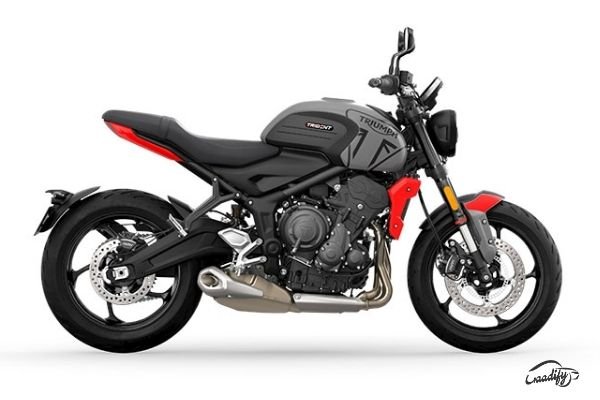Infomerics Ratings, a SEBI registered and RBI accredited Credit Rating Agency, has released a comprehensive outlook report titled “Prospects for India’s Automobile Industry,” authored by Dr. Manoranjan Sharma, Chief Economist at Infomerics Ratings. The report delves into multiple facets of the automobile industry, including vehicle registration trends in India, retail data and market share, production trends, industry performance, electric vehicle market analysis, key developments, risks and challenges, and future projections.
The key highlights of this reports are: –
- The Indian automobile industry plays a key role in the nation’s economic landscape, contributing 7.1 percent to the national GDP
- According to the Parivahan Sewa portal of the Ministry of Road Transport and Highways (MoRTH), the total vehicle registrations in all categories reached 36.59 crore by Mach 2024, with 46.43 lakh vehicles registered in the current year independently.
- February 2024 witnessed a 13% year-on-year (YoY) boost across all vehicle categories, including motorcycles, 3-wheelers, passenger vehicles, tractors, and commercial vehicles.
- In February 2024, motor vehicle registrations also encountered a seasonal decline of 5.3 per cent, attributed to the month’s shorter duration compared to January.
- This drop aligns with a consistent trend over the past seven years, where February consistently witnesses month-on-month declines, typically followed by a rebound in the following month.
- The Indian automobile industry produced a total of 2,59,31,867 vehicles, including passenger vehicles, commercial vehicles, 3-wheelers, 2-wheelers, and quadricycles in April 2022 to March 2023, as against 2,30,40,066 units from April 2021 to March 2022.
- February 2024 saw substantial year-on-year growth of 18.9 per cent in transportation vehicle registrations, largely driven by passenger transportation vehicles and 3-wheelers, with heavy and light goods vehicles experiencing declines.
- The commercial vehicles industry is anticipated to undergo a deceleration in revenue growth, stemming from a slowdown in sales volumes amidst suppressed demand in the March 2024 quarter.
- The current landscape of the automobile industry is marked by a series of challenges deriving from global supply chain disruptions, including shortages of semiconductor chips and disruptions in shipping routes.
- The Indian automobile industry is poised for expansion despite headwinds. The introduction of new products, notably EVs, signals a forward-thinking trajectory.
- Economic expansion, supportive government policies, and anticipated favourable weather patterns are projected to drive demand, particularly in rural regions and the commercial vehicle sector, closely linked to infrastructure projects and economic vitality.
- Manufacturers are enhancing supply chains and diversifying their model ranges to meet various consumer preferences.
- The industry maintains a cautiously optimistic outlook, relying on improved customer interaction and financing options to drive sales.
- The two-wheeler segment is evolving, especially in the premium and electric vehicle markets, while the three-wheeler segment has grown due to the increasing acceptance of electric vehicles.
- There is potential for significant transformation in India’s mobility ecosystem, driven by environmental concerns and the need for supportive policies and operational frameworks.
- Addressing environmental concerns and creating an enabling ecosystem with stakeholder support is crucial for India to become a manufacturing powerhouse and a hub for sustainable mobility solutions.
Also Read: Three-Cylinder vs. Four-Cylinder Engines: Which Is Better?


